The Greenest City in the World: What Makes a City Green?
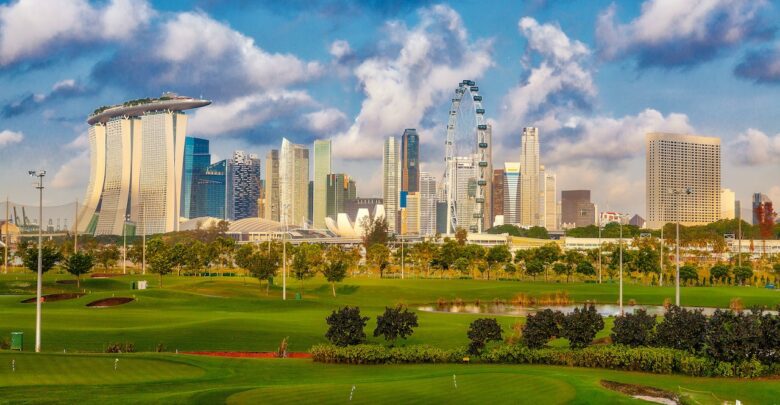
Are you tired of living in a concrete jungle with polluted air and water? Do you want to live in a city that’s environmentally conscious and sustainable? If yes, then you should know about the greenest city in the world. This city is a hub of innovation and sustainability, with a focus on reducing its carbon footprint and promoting eco-friendliness. In this article, we will explore the greenest city in the world, what makes a city green, and how other cities can learn from it.
What Makes a City Green?
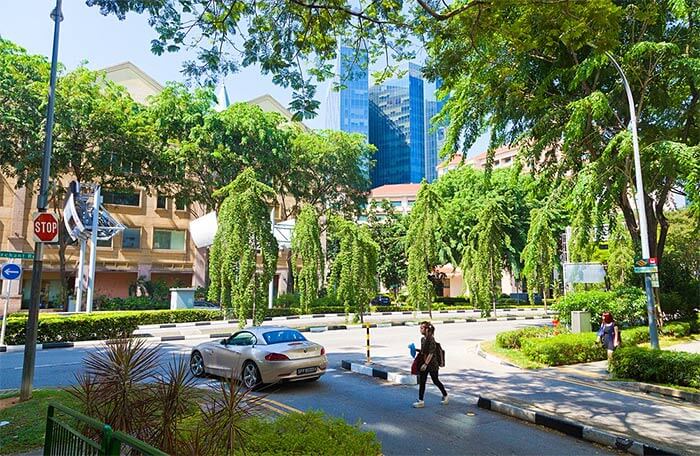
Before we dive into the greenest city in the world, let’s first understand what makes a city green. A green city is environmentally conscious and sustainable, with a focus on reducing carbon emissions, promoting renewable energy, and developing sustainable transportation systems. It also prioritizes waste management and green spaces, ensuring that its citizens have access to clean air and water.
To achieve these goals, green cities implement policies and initiatives that promote sustainability. For example, they might incentivize the use of electric vehicles, promote public transportation, and invest in renewable energy sources. They might also implement recycling and composting programs, and develop green spaces like parks and gardens.
The greenest city in the world is a model for other cities looking to promote sustainability and reduce their carbon footprint. By prioritizing renewable energy, sustainable transportation, waste management, and green spaces, the city has achieved significant environmental milestones
The Top 10 Greenest Cities in The World
According to Green. Earth Blog, the top 10 greenest cities in the world are:
- Copenhagen, Denmark
- Amsterdam, Netherlands
- Frankfurt, Germany
- Vancouver, Canada
- Portland, United States
- Singapore
- Zurich, Switzerland
- Oslo, Norway
- Reykjavik, Iceland
- Curitiba, Brazil
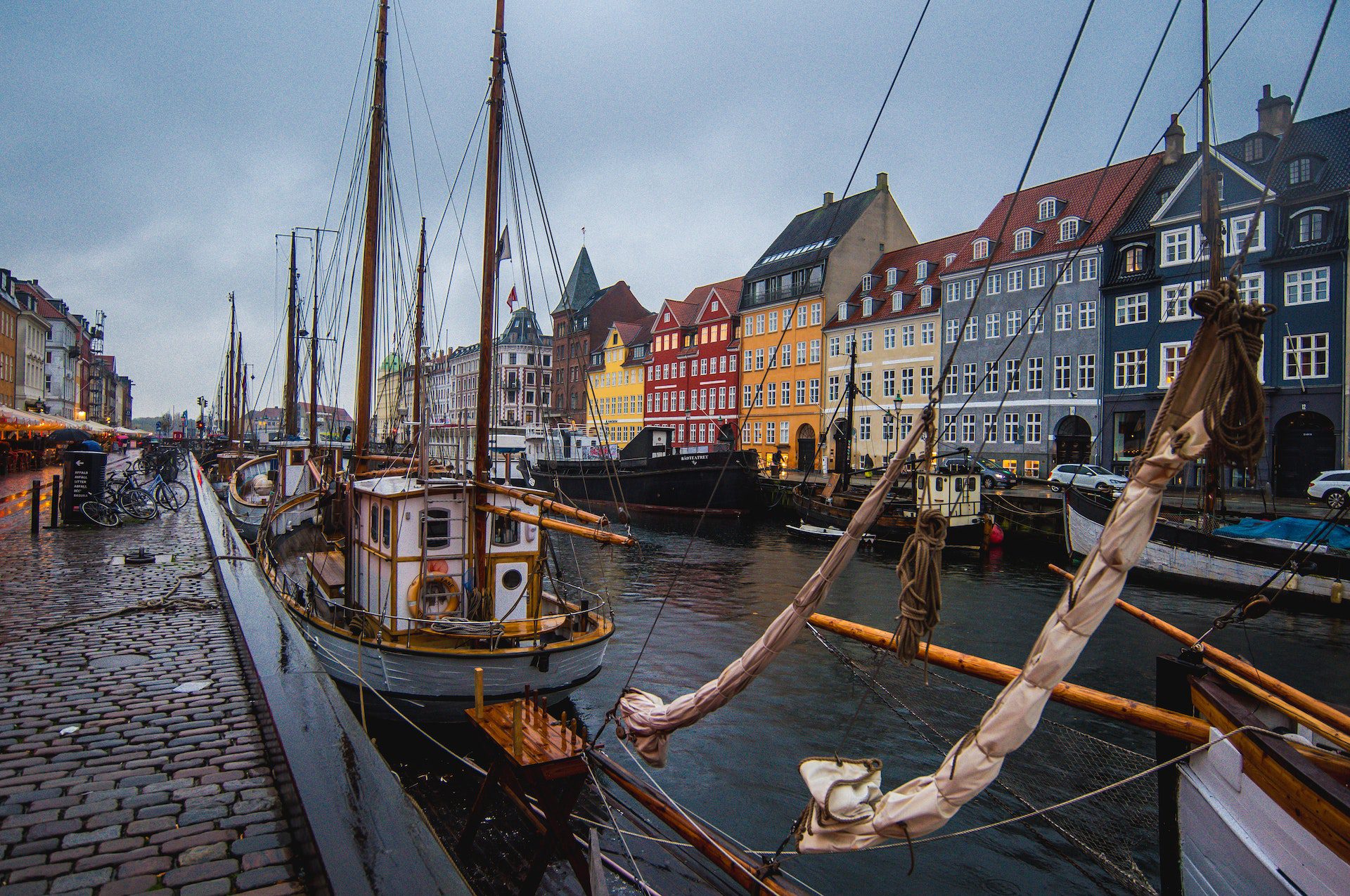
The Greenest City in the World’s Environmental Achievements
The greenest city in the world achieves significant environmental milestones. For example, it reduces its carbon footprint by over 90% since 2007. This is achieved through a combination of initiatives, such as investing in renewable energy sources like wind and solar power, and encouraging the use of public transportation.
The city also prioritizes green building practices, with a focus on energy efficiency and sustainability. All new buildings must meet strict environmental standards, and existing buildings are encouraged to retrofit their facilities to be more energy-efficient.
In addition, the city implements a zero-waste strategy, with a focus on reducing, reusing, and recycling waste. This results in a significant reduction in landfill waste and helps the city become more sustainable.
The Greenest City in the World’s Sustainable Transportation
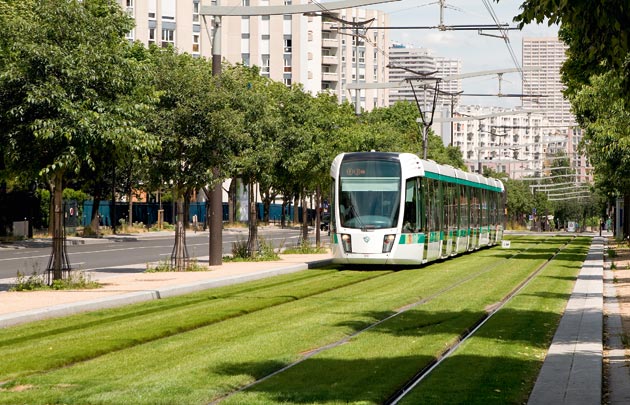
Transportation is a significant contributor to carbon emissions, and the greenest city in the world has made significant strides in promoting sustainable transportation. The city also develops an extensive public transportation system, which includes buses, light rail, and subways. In addition, the city implements bike-sharing programs and invests in infrastructure to promote cycling.
The city also incentivizes the use of electric vehicles, with subsidies and tax breaks for those who purchase electric cars. This results in a significant increase in the use of electric vehicles, which helps to reduce carbon emissions.
The Greenest City in the World’s Energy Efficiency
Energy efficiency is a critical component of sustainability, and the greenest city in the world prioritizes this area. The city implements policies and initiatives that promote energy efficiency in buildings, such as requiring all new buildings to meet strict environmental standards.
The city also invests in renewable energy sources like wind and solar power, which helps reduce the reliance on fossil fuels. In addition, the city implements programs to promote energy conservation, such as incentivizing the use of energy-efficient appliances.
The Greenest City in the World’s Waste Management
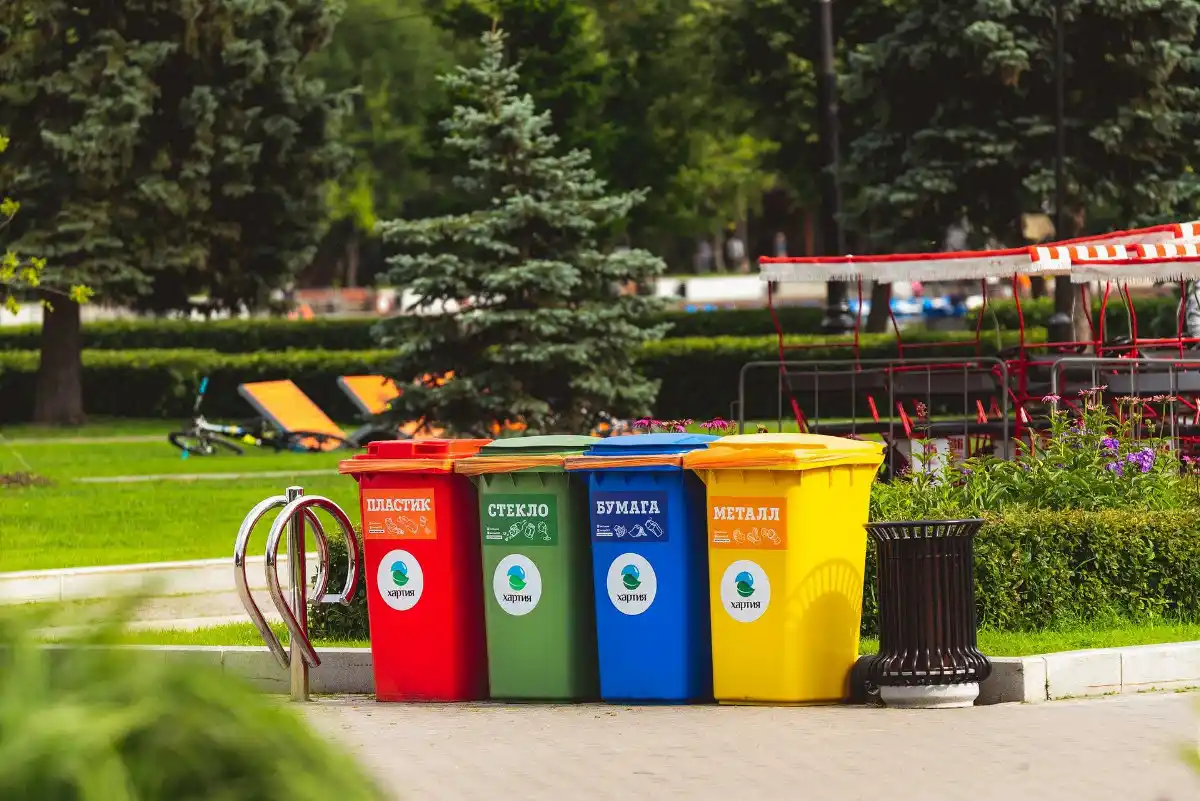
Waste management is essential for sustainability, and the greenest city in the world implements a zero-waste strategy. This strategy focuses on reducing, reusing, and recycling waste, with the goal of diverting all waste from landfills.
The city implements programs to promote recycling and composting and also develops infrastructure to support these initiatives. For example, the city develops a network of composting facilities, which turn food waste into fertilizer.
The Greenest City in the World’s Green Spaces
Green spaces are essential for promoting sustainability, and the greenest city in the world prioritizes this area. The city has developed an extensive network of parks and gardens, which provide citizens with access to clean air and water.
In addition, the city implements initiatives to promote urban agriculture, such as community gardens and rooftop farms. These initiatives not only provide citizens with access to fresh produce but also help to reduce carbon emissions by promoting local food production.
Living in the Greenest City in the World
Living in the greenest city in the world means living in a sustainable and environmentally conscious community. Citizens have access to clean air and water, sustainable transportation options, and a network of green spaces. In addition, the city has a thriving economy, with a focus on green industries like renewable energy and sustainable construction.
However, living in the greenest city in the world also means adhering to strict environmental standards. For example, citizens must comply with recycling and composting programs, and new buildings must meet strict environmental standards. While these requirements might seem daunting, they are essential for promoting sustainability and reducing carbon emissions.
How Other Cities Can Learn from the Greenest City in the World
Other cities can learn a lot from the greenest city in the world. By implementing similar policies and initiatives, cities can reduce their carbon footprint and promote sustainability. For example, cities can invest in renewable energy sources, implement sustainable transportation systems, and prioritize waste management.
In addition, cities can develop green spaces and promote urban agriculture, which not only provides citizens with access to clean air and water but also promotes local food production.
The Future of Green Cities
The future of green cities is not just about individual initiatives but also about systemic change. Governments and businesses must prioritize sustainability, and citizens must demand it. By working together, we can create a more sustainable future for ourselves and future generations.
So, are you ready to embrace sustainability and live in a green city? The greenest city in the world might be a good place to start.
If you’re looking to travel to a green city, learn about the top green cities in this article about the top 10 eco-friendly cities you should visit.
Green cities FAQs
Q: What is the concept of Green Cities?
A: The concept of Green Cities refers to urban areas that prioritize sustainability, environmental protection, and the well-being of their residents. These cities implement policies and practices to reduce carbon emissions, promote renewable energy sources, enhance green spaces, encourage eco-friendly transportation, and promote sustainable waste management.
Q: Where is the greenest city in the world?
A: The title of the greenest city in the world is subjective and can vary depending on different criteria. However, some cities often mentioned for their green initiatives include Copenhagen (Denmark), Vancouver (Canada), Reykjavik (Iceland), Singapore, and Curitiba (Brazil). These cities have implemented various sustainable practices, such as renewable energy adoption, efficient public transportation systems, extensive green spaces, and innovative waste management strategies.
Q: What are the characteristics of a green city?
A: Green cities typically possess several characteristics that contribute to their sustainability and environmental friendliness. These may include a focus on renewable energy sources, such as solar or wind power; effective waste management systems, such as recycling and composting programs; well-planned urban green spaces, parks, and gardens; efficient public transportation networks; sustainable building practices, including green architecture and energy-efficient designs; and initiatives to preserve biodiversity and protect natural resources.
Q: What is the Green Cities mechanism?
A: The Green Cities mechanism refers to a set of strategies, policies, and actions undertaken by governments, organizations, and communities to foster the development and transformation of cities into sustainable, eco-friendly environments. This mechanism often involves collaboration between various stakeholders, such as city planners, policymakers, businesses, residents, and environmental organizations, to implement initiatives that promote energy efficiency, reduce carbon emissions, enhance urban green spaces, improve waste management systems, and encourage sustainable transportation options. The Green Cities mechanism aims to create healthier, more livable cities that minimize their environmental impact and enhance the well-being of their inhabitants.




